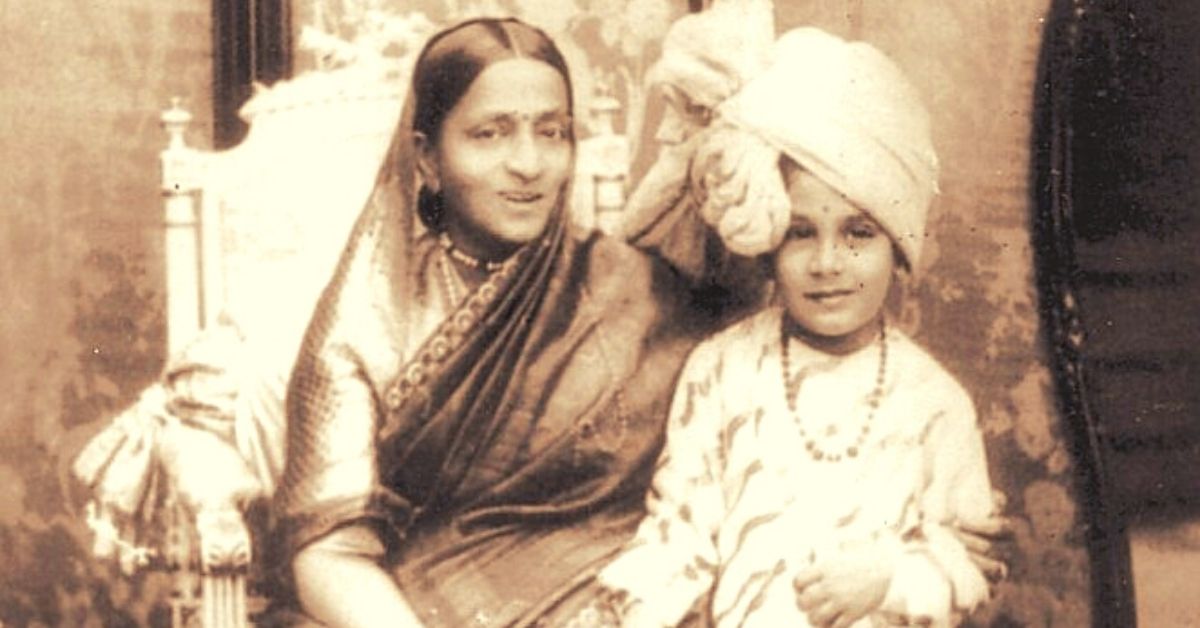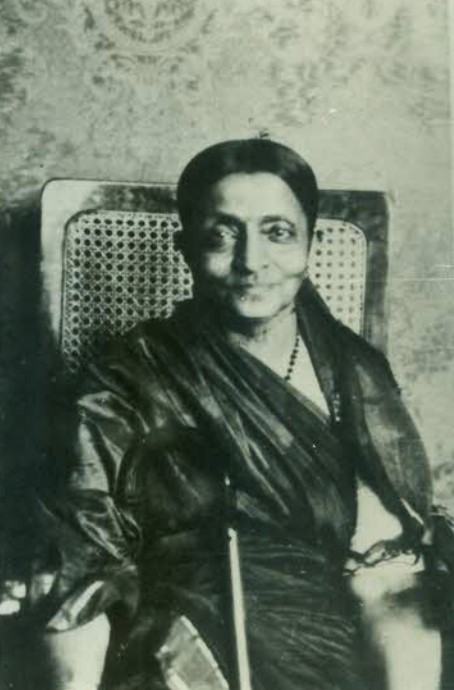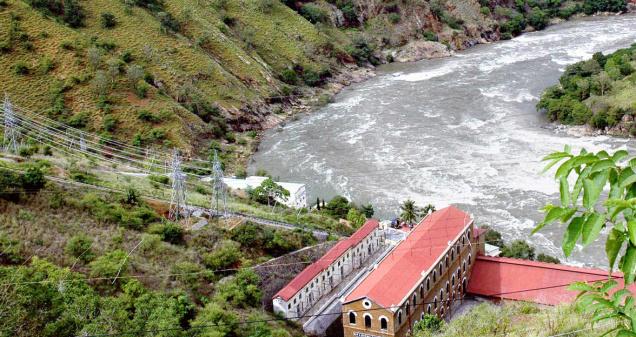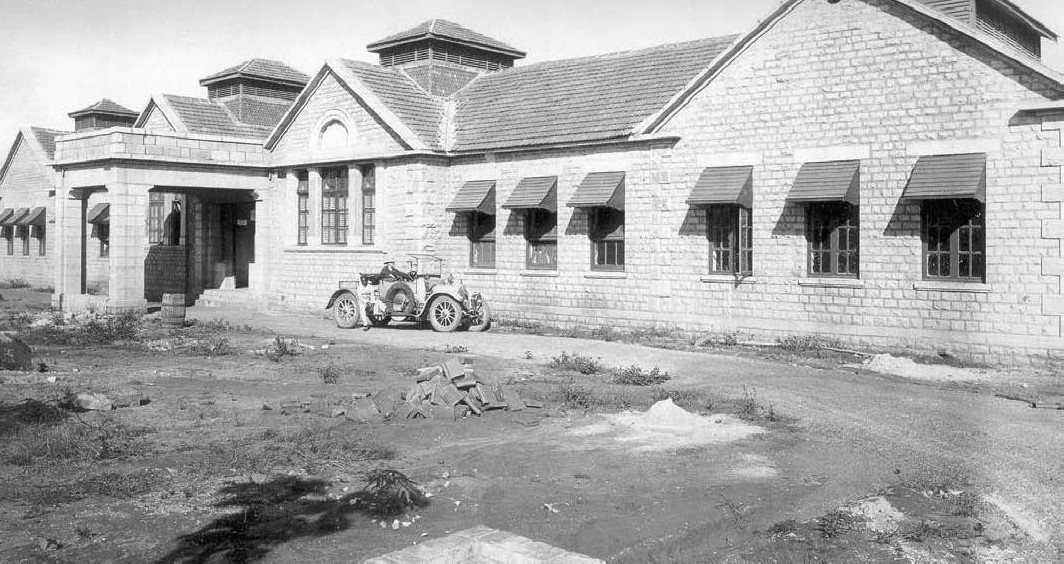This Mysuru Queen Scripted History By Selling Jewellery to Supply Water to Millions
A Karnataka queen lost in the pages of history, Maharani Kempananjammani Vani Vilasa Sannidhana made Mysuru prosperous by focussing on civic issues like health, water, electricity, and education.

Maharani Kempananjammani Vani Vilasa Sannidhana’s life came crashing down at 26 due to her 31-year-old husband, Chamarajendra’s untimely death. For nearly two days she sobbed incessantly, mourning the 23rd Maharaja of Mysore, and life seemed meaningless. She cursed fate, blamed herself for no logical reason and fell unconscious in between the crying.
But when the third day dawned, Kempananjammani was ready to take charge as queen regent and rule over Mysore state. It was almost like she pressed a reset button and derived all the strength she could to make her late husband proud by making the state prosperous.
She rose to the occasion and addressed several issues related to health, water, electricity, and education. She initiated the construction of a dam at a time when the province was on the verge of a drought. She installed hydro-electric projects, an act that could be labelled as ‘way ahead of its time’.

If you happen to be a resident of Bengaluru, you may have come across public institutions and places named after her — Vani Vilas circle, Vani Vilasapura dam, Vani Vilasa Road and Vani Vilasa bridge.
Her’s is an exceptional tale of an unsung queen who brewed a silent but significant impact in her state.
Life Before Regent
Kempananjammani belonged to a royal family of the Maddur branch in Kalale (the place is now in Mysuru district). She was well educated in Kannada, Sanskrit and English.
At the tender age of 12, she was married off to 15-year-old Chamarajendra Wadiyar X in 1878.
However, it was only three years later when Chamarajendra and Kempananjammani inherited the title of Maharaja and Maharani, respectively, under the Rendition Act of 1881. The Mysore province, which was under the rule of the British Commissioner, was handed over to the Wadiyars with certain conditions.
The British had the right of supervision and the Maharaja was obligated to pay an annual tax of Rs 35 lakh. The new actions and decisions had to be approved by the British Governor-General and the Maharaja owed an unconditional allegiance to the British raj.
Despite the limitations, Maharaja managed to bring several improvements — from fighting a devastating famine in 1891, increasing aid provided to schools to even developing roads, railways and irrigation systems. Under his regime, everyone, from farmers to businessmen flourished.
It was perhaps these very proactive initiatives of the Maharaj that gave the Maharani an insight into ruling. Under his rule, she saw the development of the state run parallel with the growth and progress of people.
The Maharaja ruled for 13 years before he died due to diphtheria on a trip to Calcutta in 1894.
Describing the scene post his death, Vikram Sampath, in his book — Splendours of Royal Mysore: the Untold Story of the Wodeyars, writes:
“Darbar Bakshi Narasimha Iyengar informed Kempananjammani of her husband’s death. Grief-stricken and hysterical, she rushed to the room where the cold, lifeless body lay. The baffled dewan rushed to the spot and tried consoling her. She cried and lamented loudly, cursing her fate and the will of Destiny, finally falling unconscious. The dewan informed Foreign Secretary Cunningham, who in turn informed the viceroy about the tragedy. Mysoreans could hardly believe the news when it began trickling in. The young and dashing ruler was no more!”
He left behind the Maharani and their five children — Jayalakshmammanni, Krishnajammanni, Krishnaraja, Kanteerava Narasimharaja and Cheluvajammani). His eldest son was only 10, so the throne went to Kempananjammanni who was merely 26 at the time.
A Governance That Scripted History

Under Kempananjammanni’s rule, thousands of farmers, among others, benefited thanks to the Maharani who had initiated an irrigation project along with Seshadri Iyer in 1898. Iyer served as the Dewan of Mysore for 18 years. Read more about him here.
The 120-year-old Vanivilasa Sagar in Chitradurga district built under the Marikanive irrigation project once used to provide irrigation facilities to around 25,000 acres of land in the region. Sand mining and environmental damage aside, this glorious dam was responsible for the cultivation of areca nut, sugarcane, coconut and more.
Likewise, Bengaluru (that was touted as India’s parched city only recently), received ample drinking water through pipes from the Hesaraghatta Reservoir, again built under her regime.
She was actively involved in the Shivanasamudra hydro-electric project which provided electricity to K.G.F in 1902 and later to Bengaluru. Named after the Dwan, ‘K. Seshadri Iyer Power Station’ it could generate 700 KiloWatts.

However, her most laudable work remains to be the gigantic River Cauvery project. According to News18, her Highness sold family jewellery to fund construction of Krishna Raja Sagara (KRS) dam across river Cauvery in Mysore. Another reason why it was touted as remarkable was the generation of power using the river.
Can you imagine a compassionate queen sacrificing her precious jewels for a project that would one day become a lifeline for millions of people in Tamil Nadu and Karnataka?
‘An Example of Public & Domestic Virtue’
Being an educated woman herself, the Maharani also took a keen interest in education, especially for girls. She is credited for starting several educational institutions for girls to study. About 12,000 girls in her kingdom got to study in 235 public schools.
Next, she provided 372 acres of land to set up the Indian Institue of Science (IISc).

She also emphasised the prenatal and postnatal care of women and established dispensaries and hospitals across the state to cater to their needs.
The erstwhile Viceroy of India, Lord Curzon, recognised the work of the regent queen and lauded her efforts, saying, “She has set an example of public and domestic virtue which has been of equal value to her people and her family and which has earned for her the admiration and respect of all.”
Kempananjammanni’s regency ended on 8 August 1902. The throne was passed to the 18-year-old Maharaja Krishnaraja. And 32 years later, Kempananjammani passed away on 7 July 1934.
It is important to remember here that the queen aced her responsibilities and discharged her duties at a time when widows weren’t allowed to enjoy luxuries or access even necessities, let alone rule an entire kingdom. But here was a woman who used her powers to bring prosperity.
Her ruling style was unique. She cared for her subjects as if they were her own children and introduced multiple schemes and policies that benefited her people at large. Here’s hoping that her rich legacy will continue to be celebrated by future generations.
Edited by Yoshita Rao

Similar Story

Netaji Bose’s Favourite Eatery Has Been Serving Traditional Delicacies for Over 100 Years
The Swadhin Bharat Hindu Hotel in Kolkata, started by Mangobindo Panda, is a century-old pice hotel where Indian freedom fighters like Netaji Subhas Chandra Bose would enjoy Bengali delicacies.
Read more >
If you found our stories insightful, informative, or even just enjoyable, we invite you to consider making a voluntary payment to support the work we do at The Better India. Your contribution helps us continue producing quality content that educates, inspires, and drives positive change.
Choose one of the payment options below for your contribution-
By paying for the stories you value, you directly contribute to sustaining our efforts focused on making a difference in the world. Together, let's ensure that impactful stories continue to be told and shared, enriching lives and communities alike.
Thank you for your support. Here are some frequently asked questions you might find helpful to know why you are contributing?


This story made me
-
97
-
121
-
89
-
167












